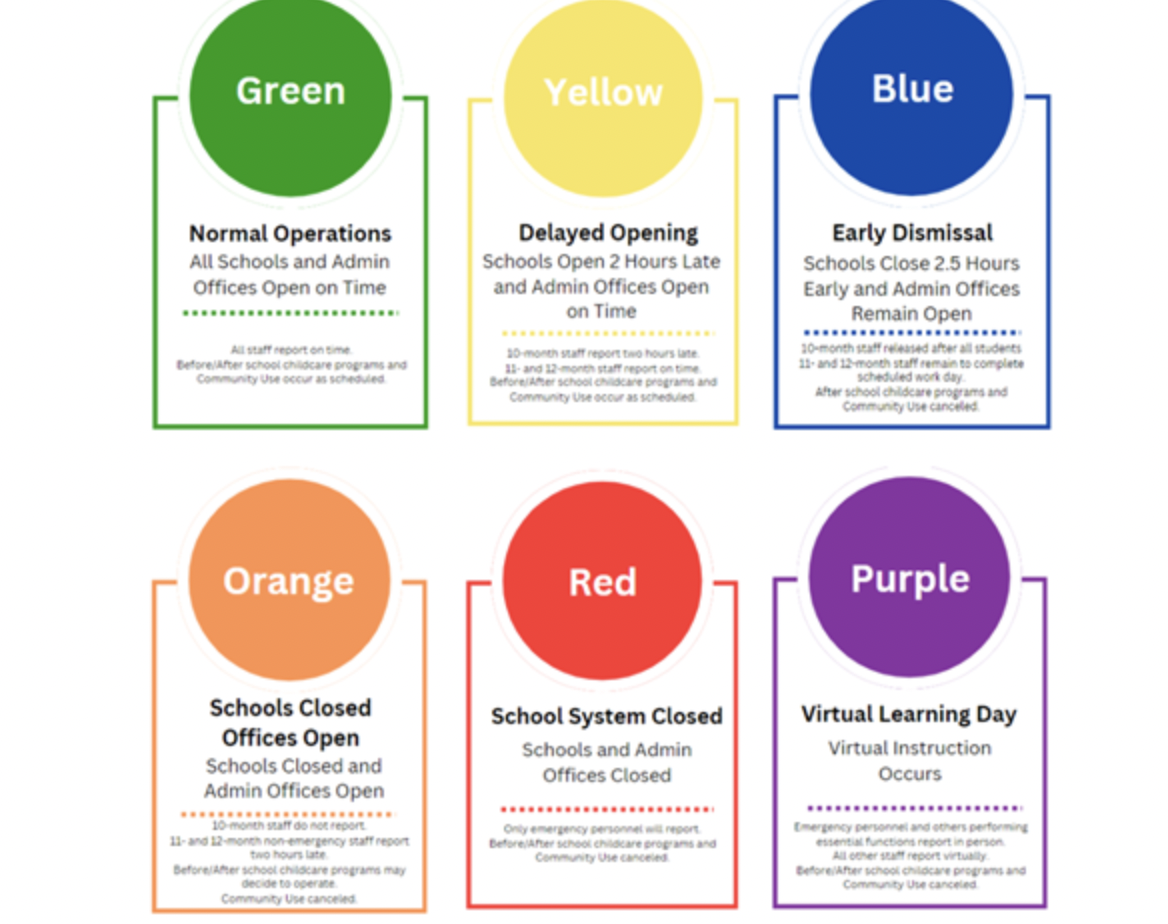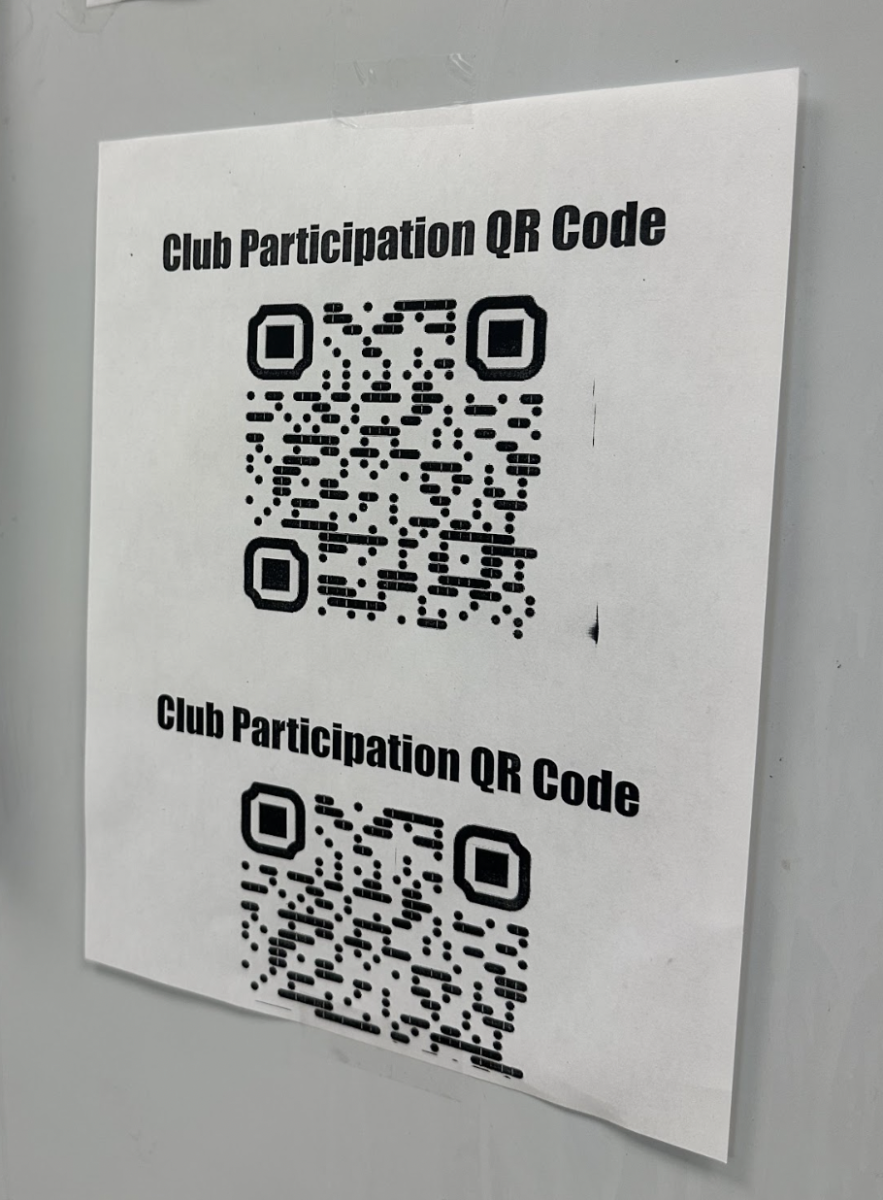Red, white and blue: three colors that were once instantly connected to America—three colors that represented the values and culture of the over 300 million people living in this country. Yet, in 2011, the McDonald’s golden arch, the Supersize Me movie poster and obese, cavity-bearing individuals are greater emblems of American culture to foreigners than just any three colors.
It’s not emotionally easy to be labeled as fat, and being tormented by individuals in Europe, Asia, and other parts of the globe for being one of the fattest countries in the world is not necessarily an admirable quality.
Every five years, the federal government releases a new set of Dietary Guidelines for Americans (DGA) based on the most up-to-date scientific knowledge. The most recent 2010 DGA 100-page long brochure provides advice on everything diet-related, mostly warning Americans to maintain a healthy calorie balance over time and to focus on maintaining nutrient-packed foods and beverages.
This year’s advice is more blatantly obvious than in years past, as it stresses the need to “enjoy your food, but eat less,” “make half your plates fruits and vegetables” and “drink water instead of sugary drinks.” All of this is important advice, but it applies much more in theory than in application.
This year’s regulations do nothing more than state the obvious facts—of which most people have already been aware and conscious, but suggestions that the government has never directly stated.
While it is noteworthy that the government is finally telling Americans to eat less, something that can certainly curb obesity, it does not suggest how to make this sudden nutritional shift, especially when individual portions at most restaurants could serve two to three people and when bags of chips come with 25 percent more product for free.
An important component of the recent regulations is a warning to control sodium intake. Americans on average consume about 3,400 to 3,500 milligrams of sodium a day, over 1,000 milligrams more than the maximum amount of 2,300 milligrams a day recommended by the DGA.
According to a Feb. 8 Washington Post article, Michael F. Jacobson, the executive producer of the Washington-based Center for Science in the Public Interest, found in a 20-year-study that more than 75 percent of our sodium consumption comes from outside the home, a number that still stands today.
While it is not pleasing to read things like “put down that cheeseburger” or “stop eating those cookies,” the truth is not always satisfying. Despite this, the truth is meant to help us, not hurt us. We cannot expect to remain healthy if we do not have the clear, simple facts laid out for us by the authorities, since most Americans can’t seem to do it themselves.
Rather than listing what not to do, regulators should inform Americans about what they should do—or at least how they should expect to do it. The government needs to find a way to communicate not only with the consumers, but the producers as well; this must be a joint effort if we expect to see improvement by the time the next set of dietary guidelines are published in 2015. The government must modify its food laws for mass companies and restaurant chains every few years to comply with its updating set of regulations; the DGA cannot call its advice “regulations” if there is no strict regulating being done.
Big Macs taste like wonderful gourmet sandwiches, Krispy Kreme donuts may melt in one’s mouth and Taco Bell may be tasty and cheap, but we must not be identified solely by these unhealthy mainstream American favorites. It’s not fun being tormented, and it is especially not enjoyable when the subject of the ridicule is America’s weight.
For the sake of preserving our dignity, and for the well-being of our people and their physical state, the government must work more diligently toward releasing more effective and realistic dietary guidelines that can hopefully result in greater progress in the future.
Categories:
Nutrion guidelines lack vital specifics
March 2, 2011
Story continues below advertisement
0
More to Discover













